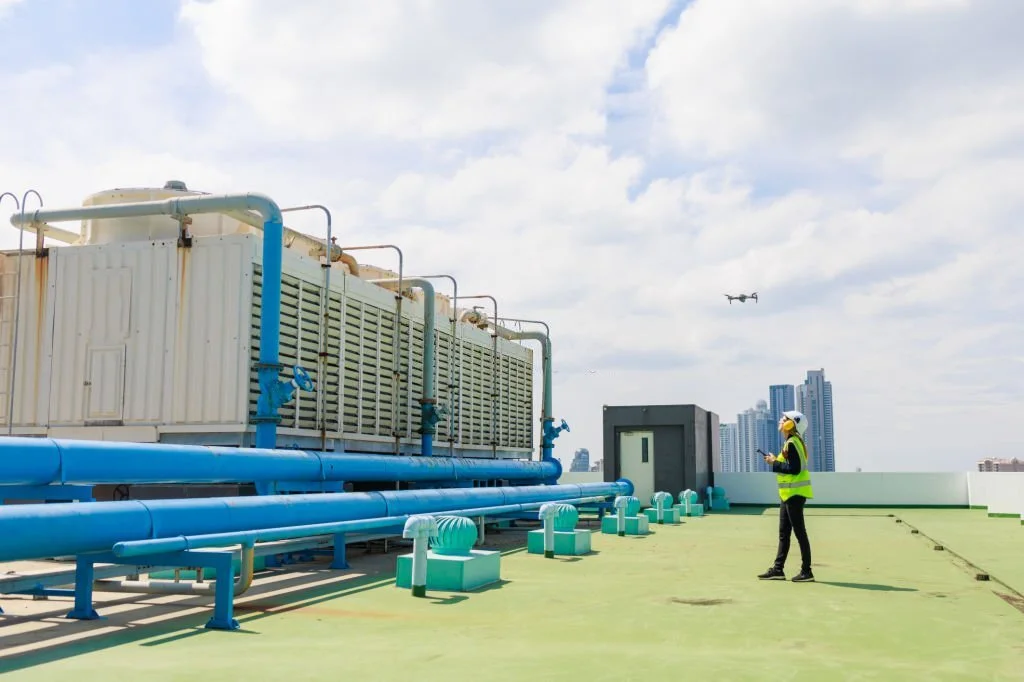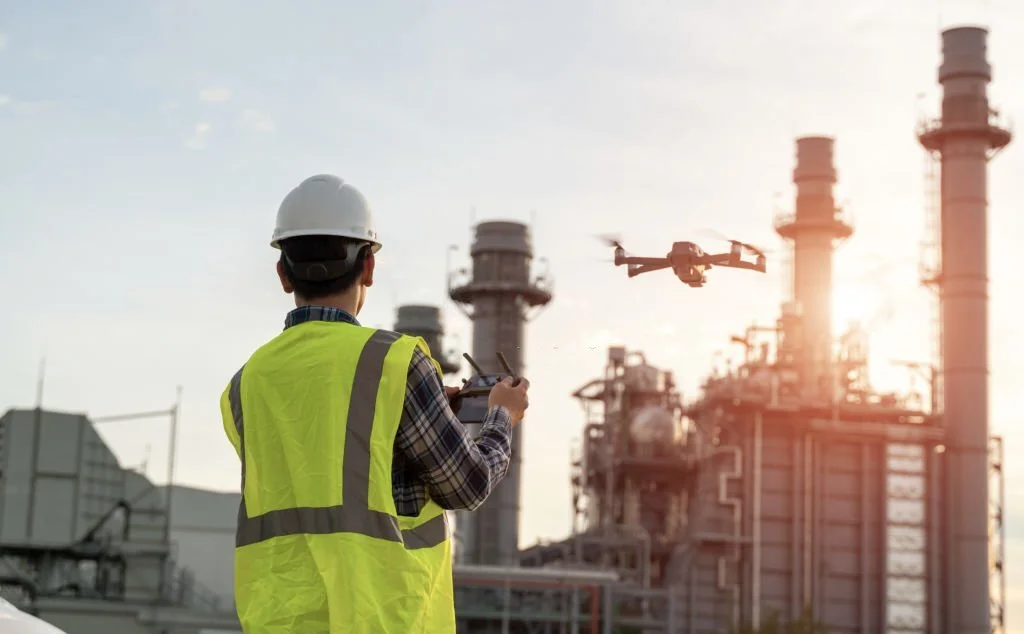Do you know about the positive impact of drones in construction industry? Safety coordinators, job superintendents, and project managers have more than enough on their hands regarding periodic inspection, progress monitoring, job site, and keeping everyone safe while focusing on delivering their projects on time and within the budget. Drones can decrease the cost if a product or service is cost-effective. Some of the benefits of using drones are here.
Table of Contents
A Positive Impact of Drones in Construction – Reduces Safety Risk
The use of the artificial inteligence has made things easier. So, the degree and frequency of cost overruns in the construction industry are well-known. The construction field needs to improve its productivity. If the managers have safety concerns, drones can help you save your workers for inspection. You do not need to manually hire the staff for inspection because the drone can do this job for you. Hence, it leaves a positive impact of drones in construction.
- Cost-effective
Using drones can save your cost of lifting and other construction gear. Videos and photos best showcase projects, and different contractors prefer these aerial images and videos. It is one of the safe, flexible, and high-quality works. Drones are of high quality with heavy-duty cameras. These drones can do wonders in the construction field with powerful lenses. Thus, they leave a positive impact of drones in construction.
- Improved Communication
The aerial view provides the team with a valuable and different perspective. Supervisors sit down with the high-resolution map and instantly anticipate or catch any site access issues, safety and health threats, drainage problems, and many more. So, benefits of drones in construction industry are several and some of them are here.
How Does Construction Sector Use Drones?
Using drones has many benefits, unlike traditional systems like gear, lifting gear, abseiling, and scaffolding, which have much greater risks. However, using these drones can help in many ways, including.
- Improving and monitoring worker safety
- Monitoring environmental factors
- Digital documentation and photography
- Workflow and safety survey
- Inspection of hard-to-reach structures
- These are designed with the latest technology to make you more progressive in construction.
Drones in Infrastructure Inspection Sector
In the construction industry, when a structure is developed, it is essential to inspect it. This is ideal for most builders to know about the actual condition of the structure. It is one of the easy and reliable ways to examine the prepared structure. Infrastructure inspection with drones is possible and simple for all the constructors.
Moreover, it is a safe way to inspect the mistakes, flaws, and developed areas without making any mistakes. So, it leaves a positive impact of drones in construction, you can develop a solid infrastructure and improve the business’s productivity. These are highly easy to use, and most construction companies use these drones to avoid the expense of lifting gear.
- Safety
Using drones to inspect the infrastructure reduces the requirement for putting workers at height or near danger. As per their benefits of drones in construction industry, they help to save lives on the job site.
- Time-saving job
Drones take less time to inspect as compared to the traditional inspection style. Thus, it leaves a positive impact of drones in construction covers ground much more quickly than a worker on foot. It flies to a tower’s full height in seconds, and you can get accurate information. With the help of excellent data images, the results can be turned around in hours.
Data collection
These drones provide accurate information because they are furnished with various sensors to gather information. All organizations use these drones to get accuracy in their job.
Instead of building scaffolding to visit the infrastructure, going for the virtual inspection is easy. It can save you effort and time as well as it leaves a positive impact of drones in construction. The option of drone inspection may be expensive for you, but it is a matter of once, and you will enjoy its results that will increase the productivity of your business.
Drones in Surveying Sector

A drone survey uses an uncrewed aerial vehicle or drone to capture aerial data with downward-facing sensors like LIDAR payloads, multispectral cameras, RGB cameras, and others. During the drone surveying with the cameras, it is easy to take the ground images without any hassle. This is the positive impact of drones in construction industry.
How Can Drones Help You In Surveying?
It is the best way to know about the right conditions of the structure. So, it leaves positive impact of drones in construction industry. With the help of the drones, you can learn about the structure’s condition. These drones take the images, and this photography can help you to check the images of the structure without putting anyone in danger. These drones are a reliable and safe way to know about the work already done. You can get rid of the flaws and errors with these drones.
What Are The Drones Utilized For In Surveying?
- Cartography or Land Surveying
Remember that survey drones produce high-resolution and detailed models and orthomosaic of the region where outdated and low-quality data is available. It enables high-accuracy cadastral maps to be generated easily and quickly in difficult or complex-to-access environments. Surveyors can extract the images and their features like drains, fire hydrants, road makers, curbs, and signs.
- Land management and development
Drone images can simplify and accelerate topographic surveys for planning and land management. It is used for site scouting, design, allotment planning, and many others like utilities, buildings, etc. Thus, it leaves a positive impact of drones in construction industry.
Precise measurements
These high-resolution maps can help surveyors to work highly accurate distance and surface measurements.
Reserve Volumetric Measurements
The pictures from drones help acquire volume estimations. Drones help ascertain stocks in mines and quarries for stock and checking. In this way, improving the construction industry and its productivity is easy.


















